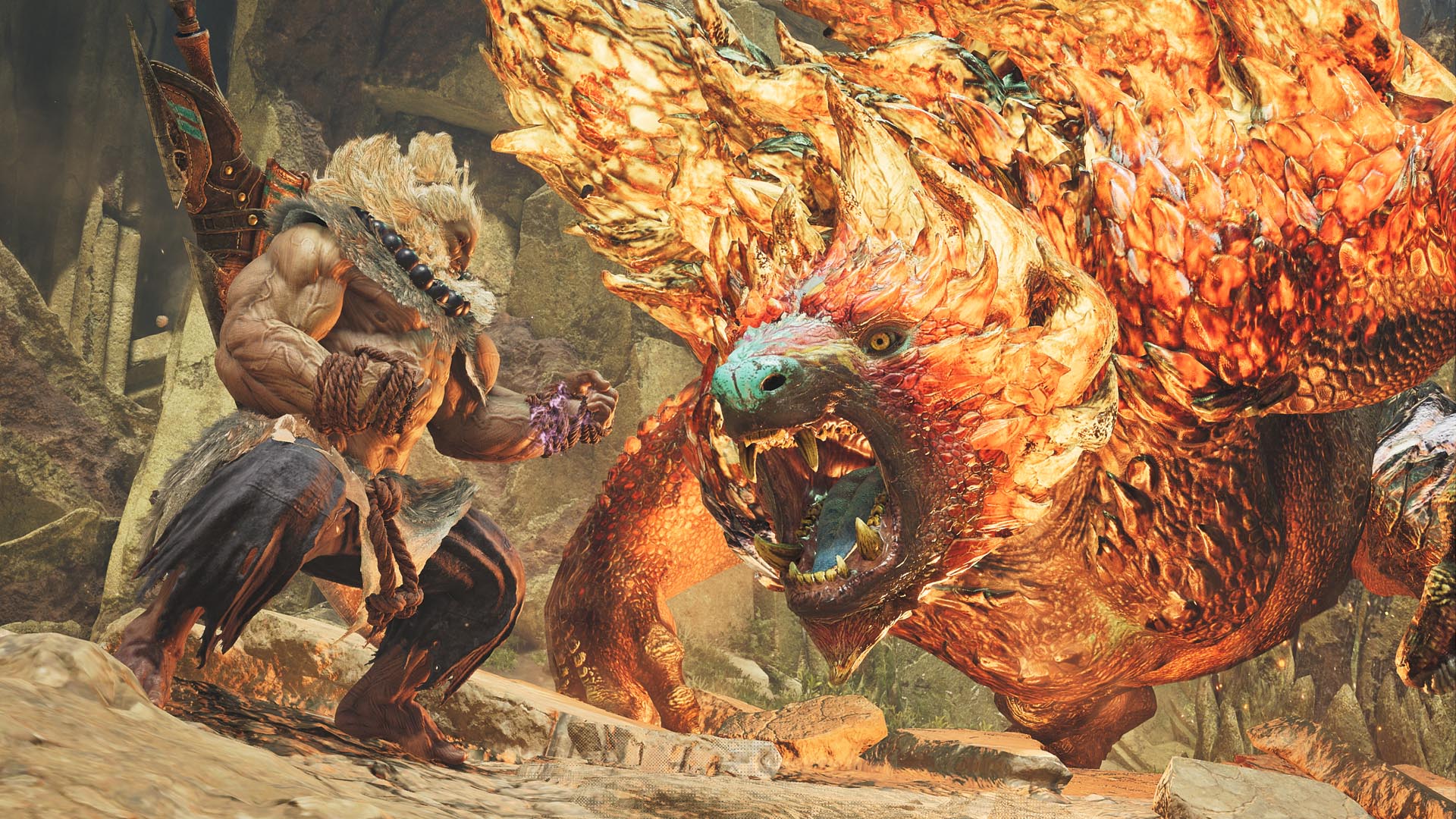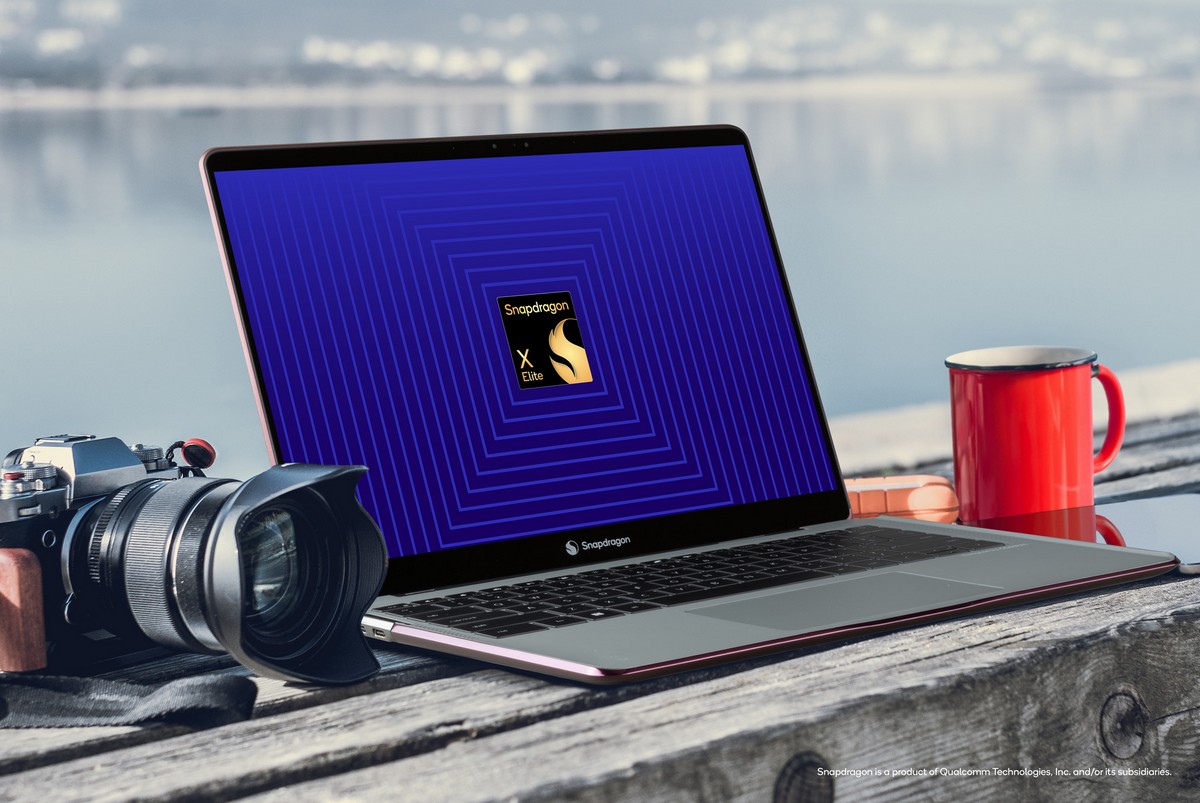Xiaomi’s XRING01 processor could give Qualcomm competition
Xiaomi XRING 01 processor debuts with 10 CPU cores, a powerful GPU, and TSMC 3nm tech. Can it beat Qualcomm and MediaTek? The post Xiaomi’s XRING01 processor could give Qualcomm competition appeared first on Phandroid.

The Xiaomi XRING 01 processor is finally official—and it’s looking like a serious contender in the flagship chip race. Xiaomi’s new custom silicon packs a deca-core CPU, making it one of the most ambitious Android processors to date.
Under the hood, the Xiaomi XRING 01 processor is stacked: two Cortex-X925 performance cores running at 3.9GHz, four Cortex-A725 cores at 3.4GHz, another two Cortex-A725 cores at 1.9GHz, and two Cortex-A520 cores for efficiency. There’s plenty of L2 cache on board, too—enough to feed those power-hungry cores and keep things moving fast.
For comparison, the MediaTek Dimensity 9400 uses an older mix of cores and has just one Cortex-X925. Qualcomm’s Snapdragon 8 Elite will likely keep its single-core edge, but with ten cores, Xiaomi’s chip could surprise everyone in multi-core benchmarks. The Xiaomi XRING 01 processor is definitely built for heavy lifting.
Graphics aren’t an afterthought, either. Xiaomi is using an Arm Immortalis-G925 MC16 GPU, packing more shader cores than the Dimensity 9400’s version. We don’t have official GPU clock speeds yet, so it’s too soon to declare a winner, but on paper, this GPU looks like a serious upgrade.
Xiaomi built this chip using TSMC’s second-gen 3nm process, which should help keep heat down and efficiency up. There’s also a fourth-generation imaging chip on board, promising better low-light photos and 4K night video, though details about the modem and AI hardware are still under wraps.
The Xiaomi XRING 01 processor debuts in the Xiaomi 15s Pro and Xiaomi Pad 7 Ultra. Both devices are out in China now. Thanks to newer CPU and GPU designs, early signs suggest this chip will leave Google’s Tensor chips in the dust.
The post Xiaomi’s XRING01 processor could give Qualcomm competition appeared first on Phandroid.



















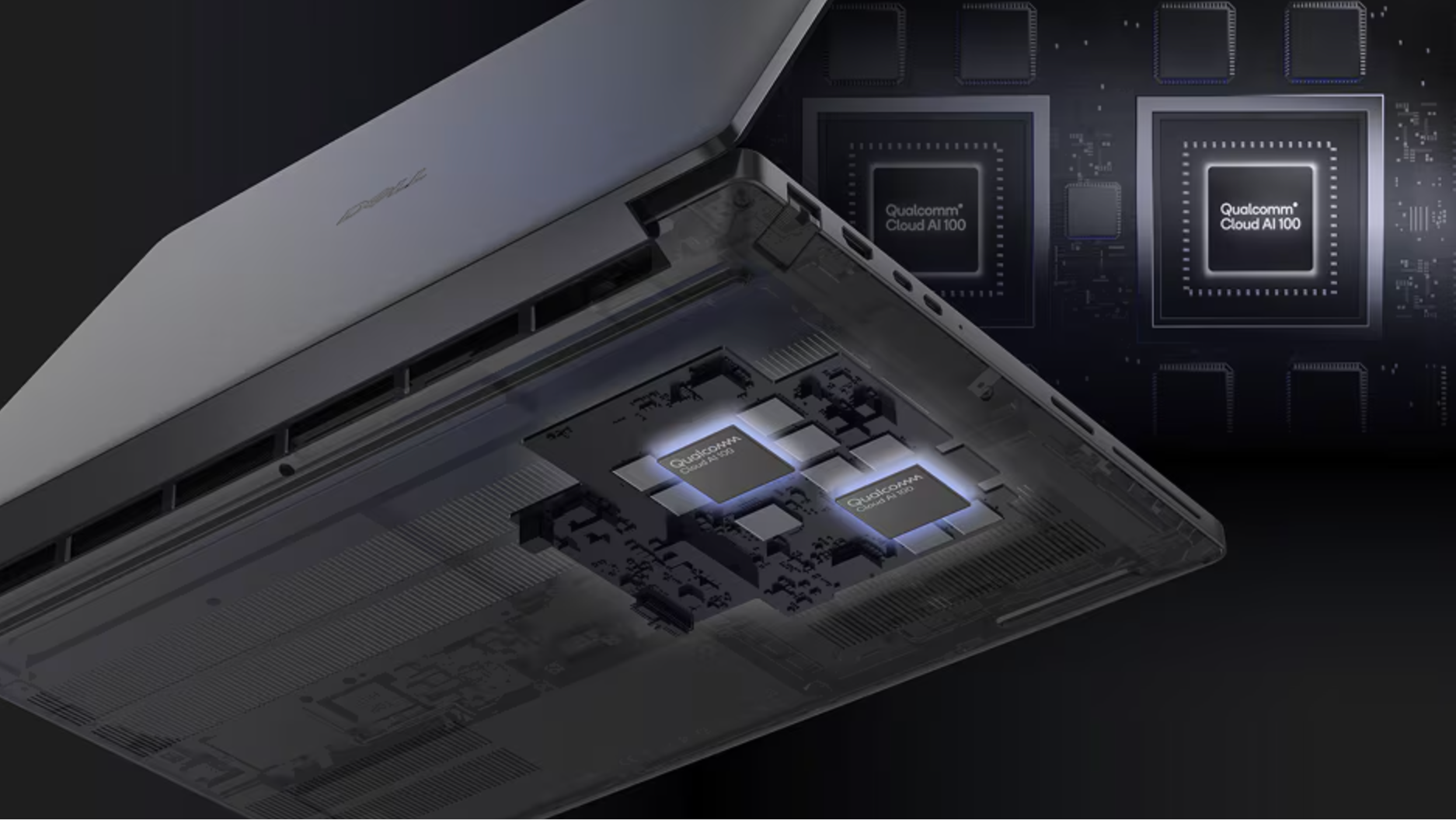
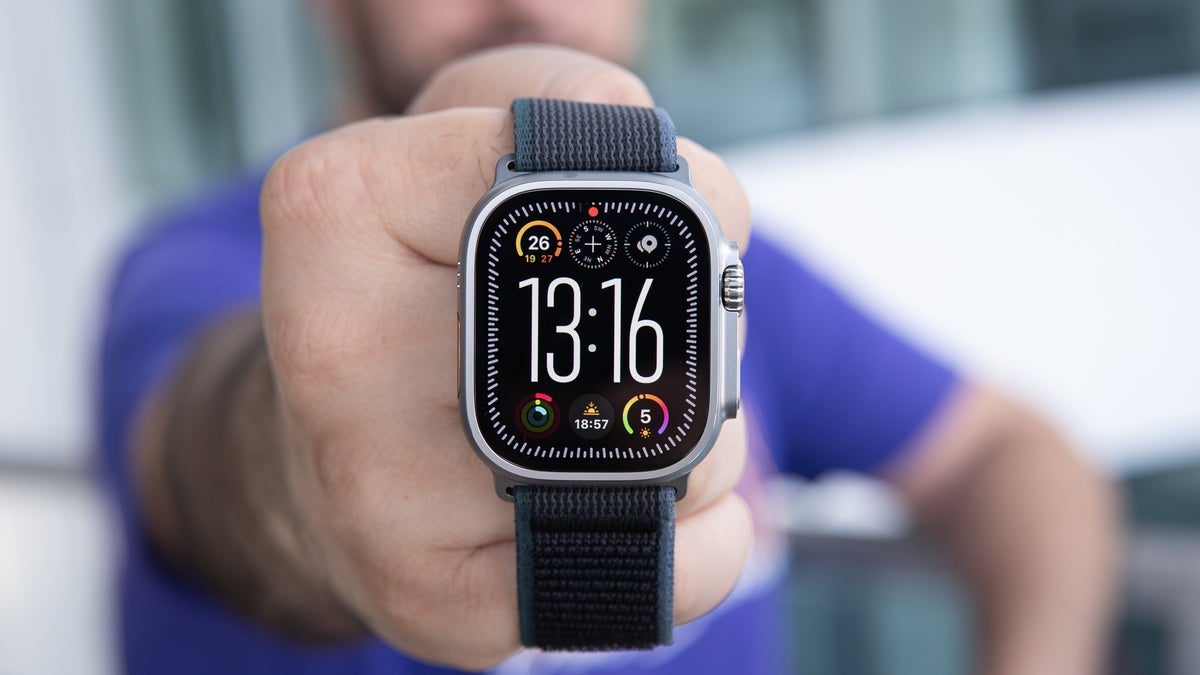
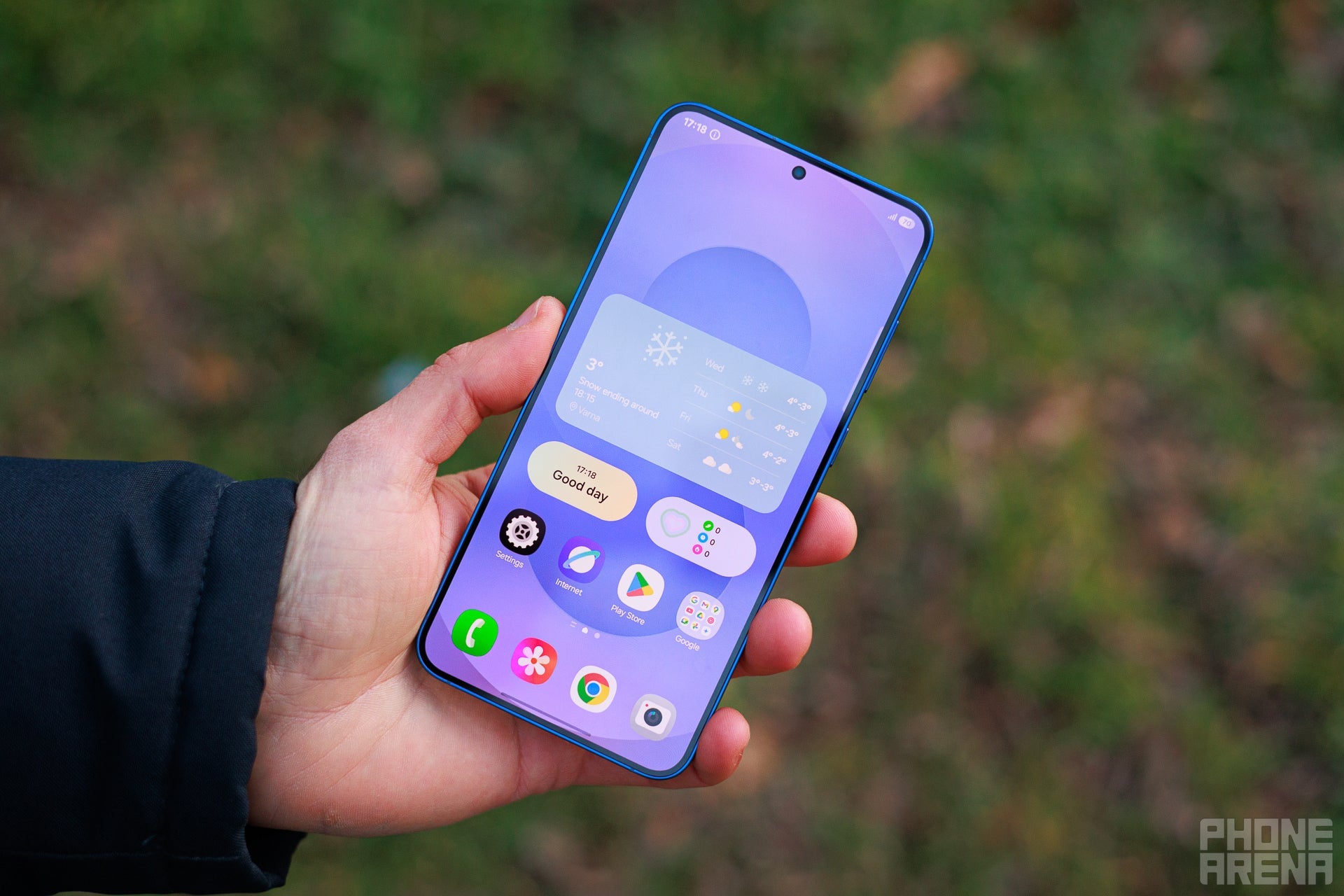








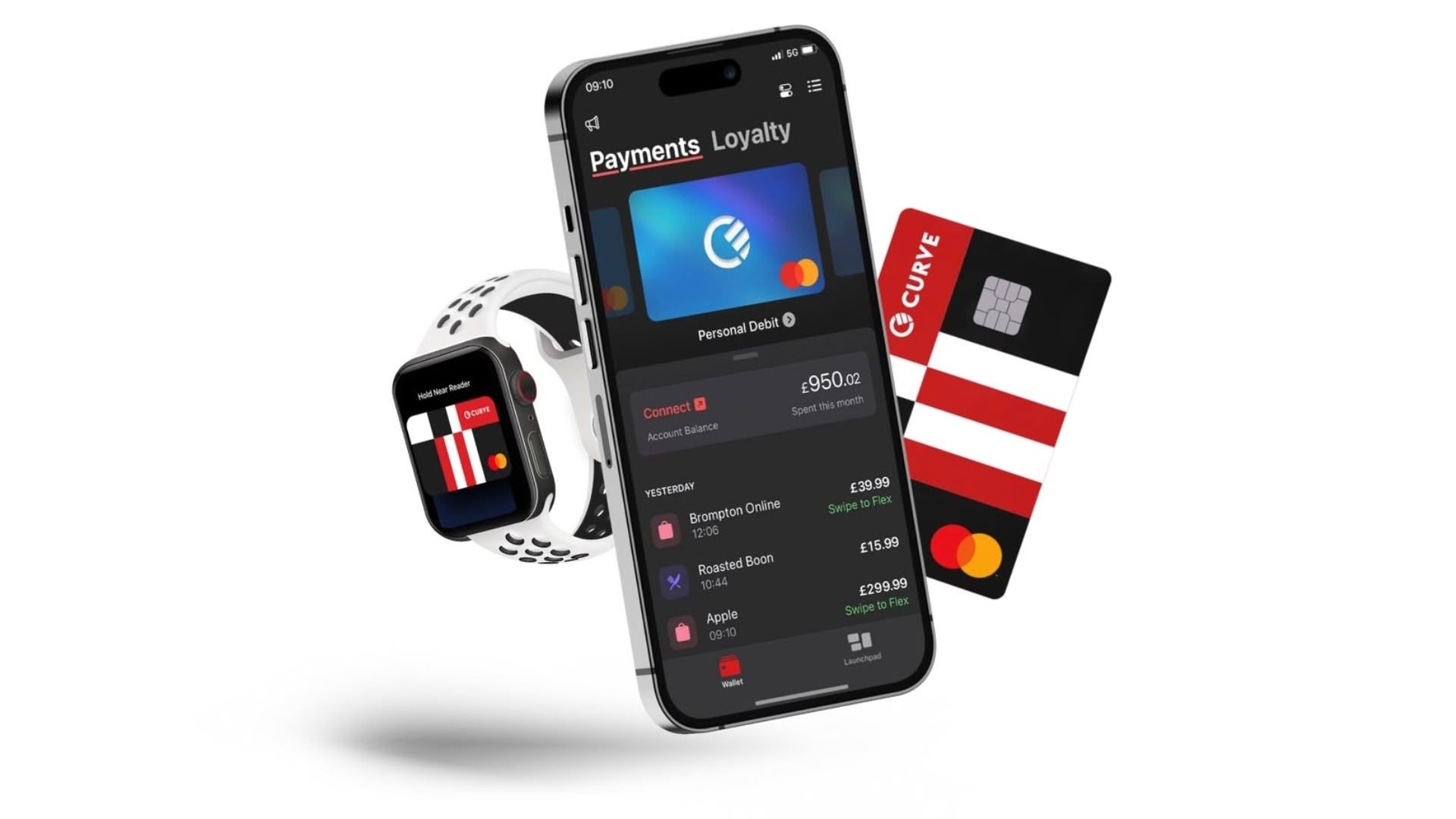
















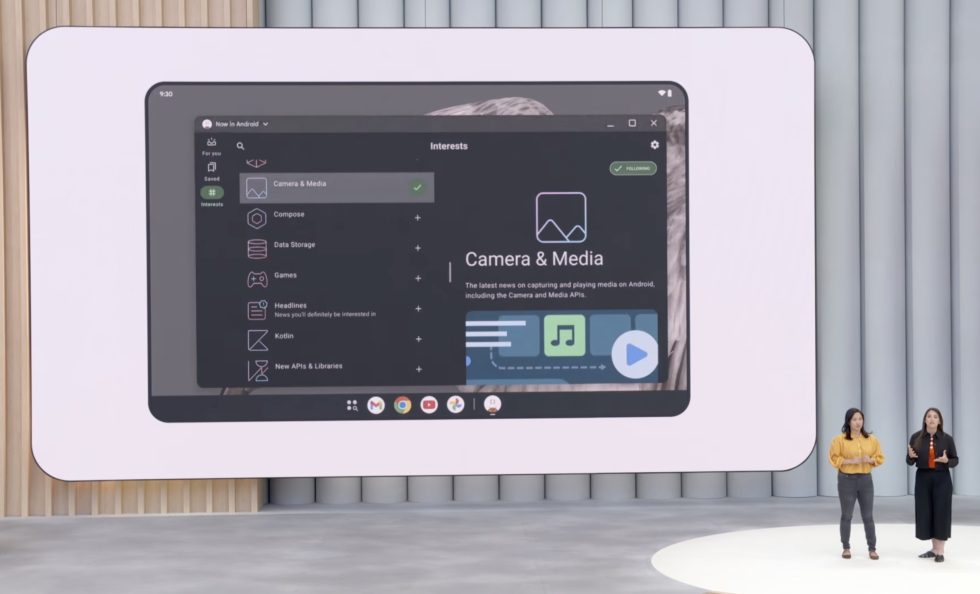

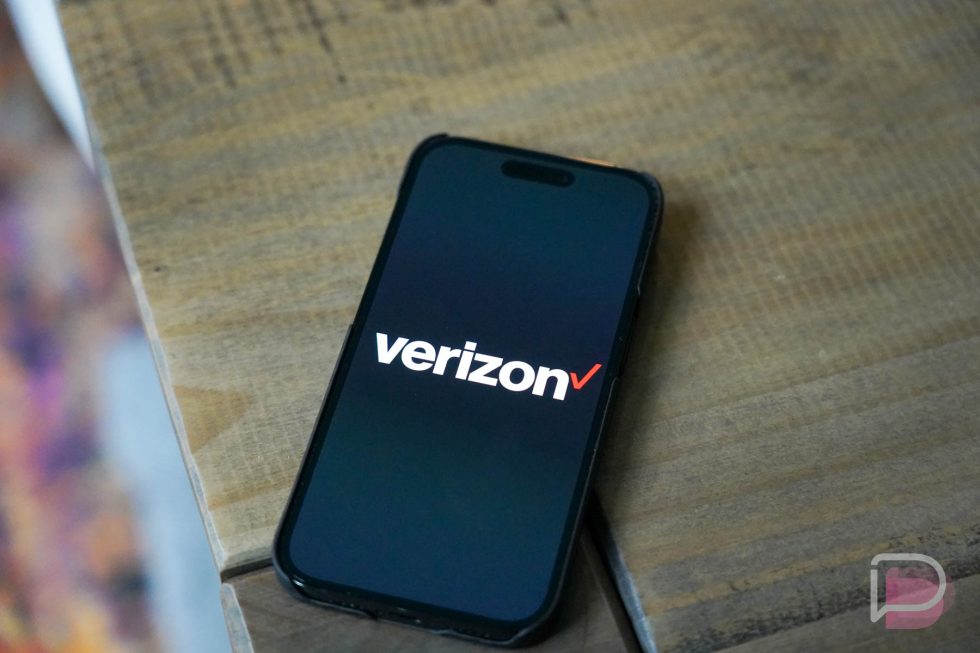








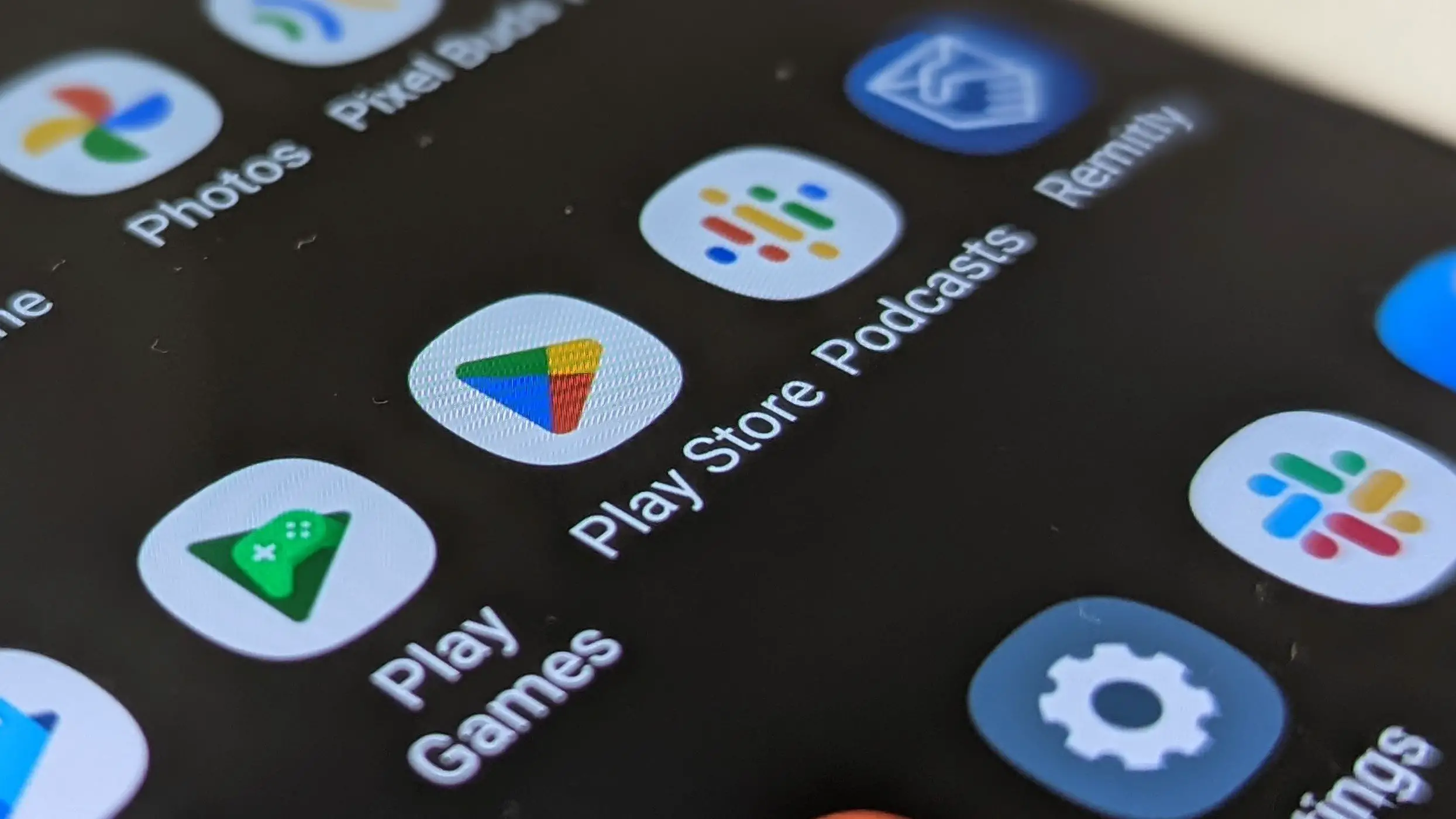
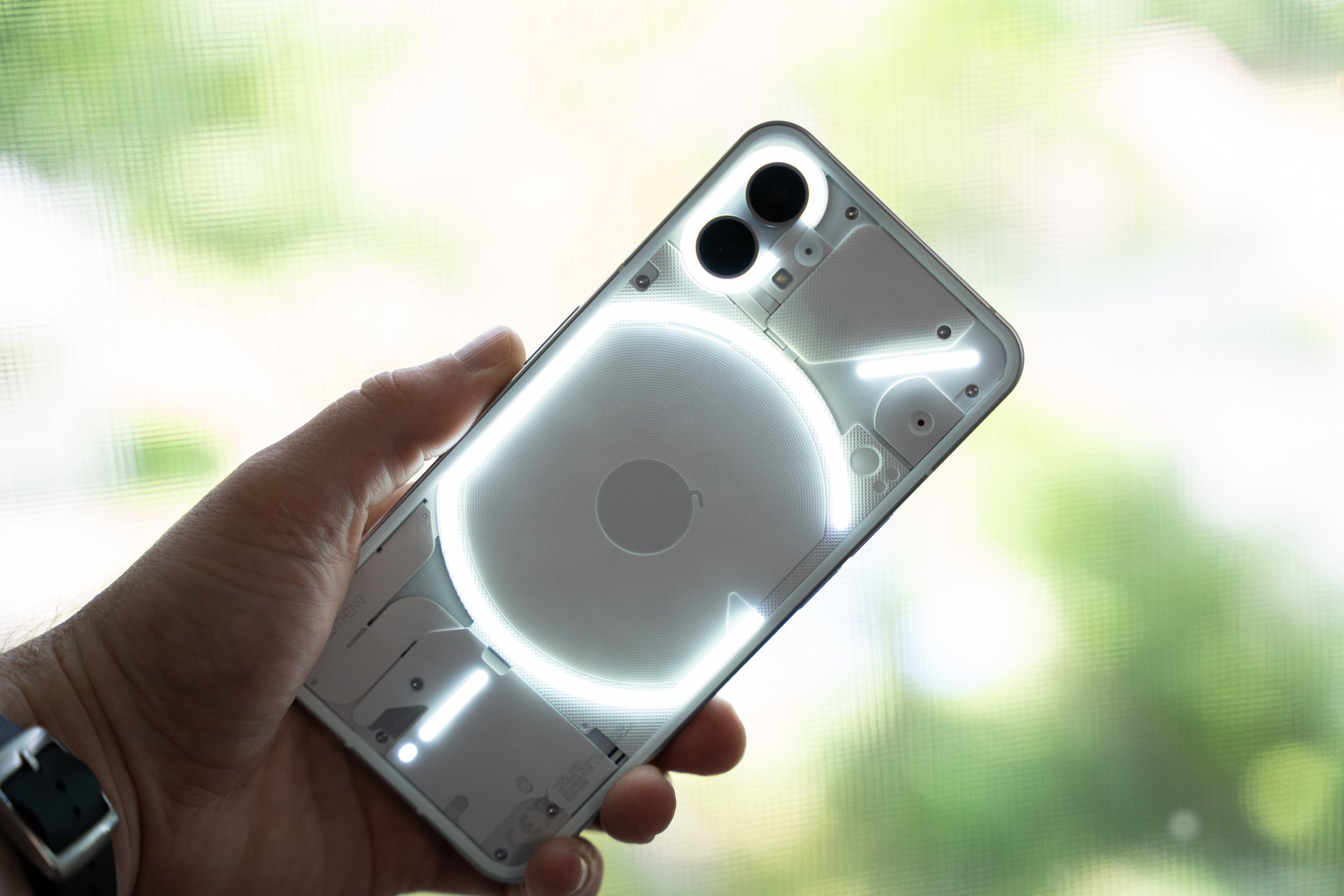












![Jony Ive and OpenAI Working on AI Device With No Screen [Kuo]](https://www.iclarified.com/images/news/97401/97401/97401-640.jpg)

![Anthropic Unveils Claude 4 Models That Could Power Apple Xcode AI Assistant [Video]](https://www.iclarified.com/images/news/97407/97407/97407-640.jpg)
![Apple Accelerates Smart Glasses for 2026, Cancels Watch With Camera [Report]](https://www.iclarified.com/images/news/97408/97408/97408-640.jpg)


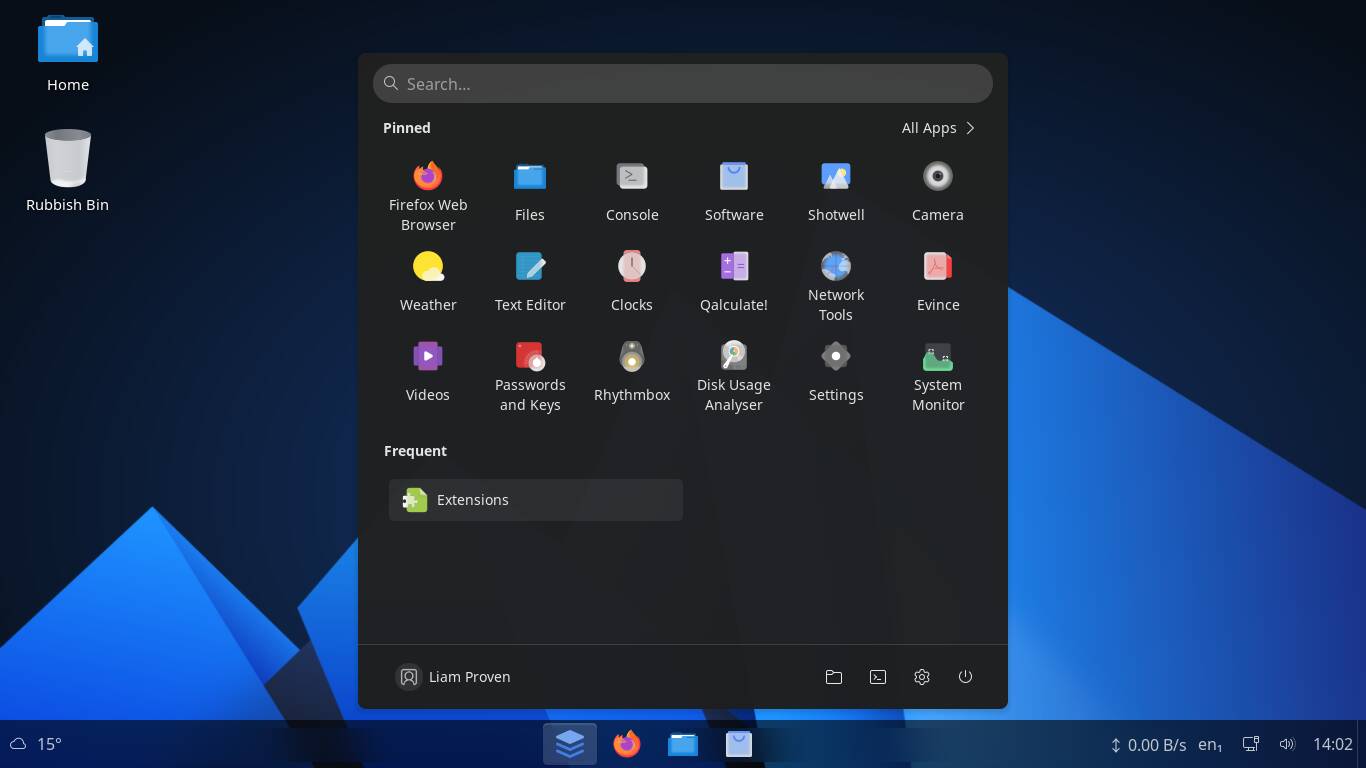




















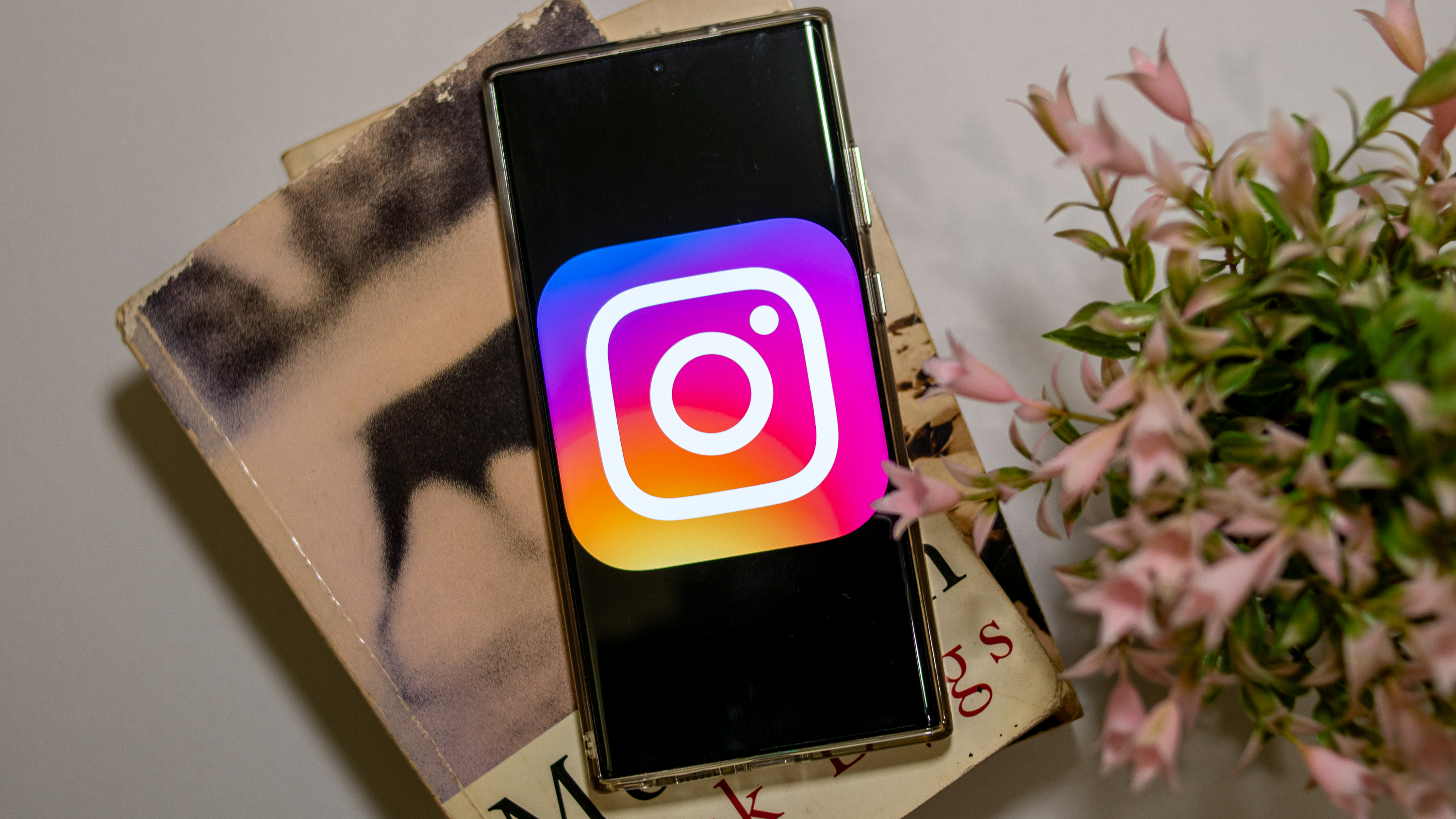
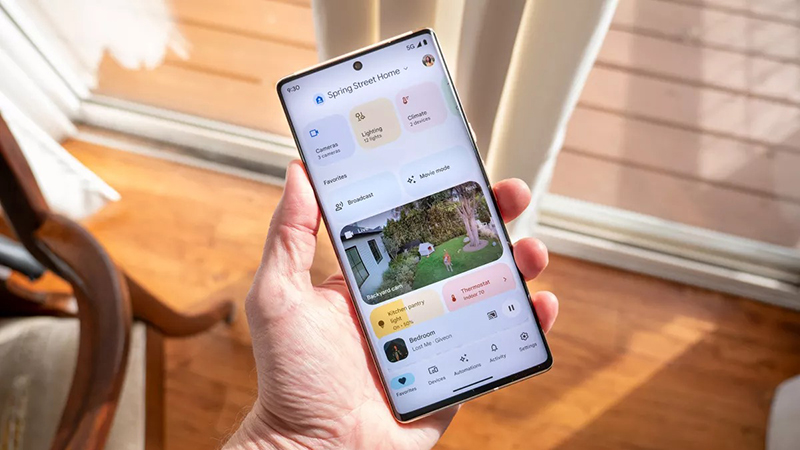
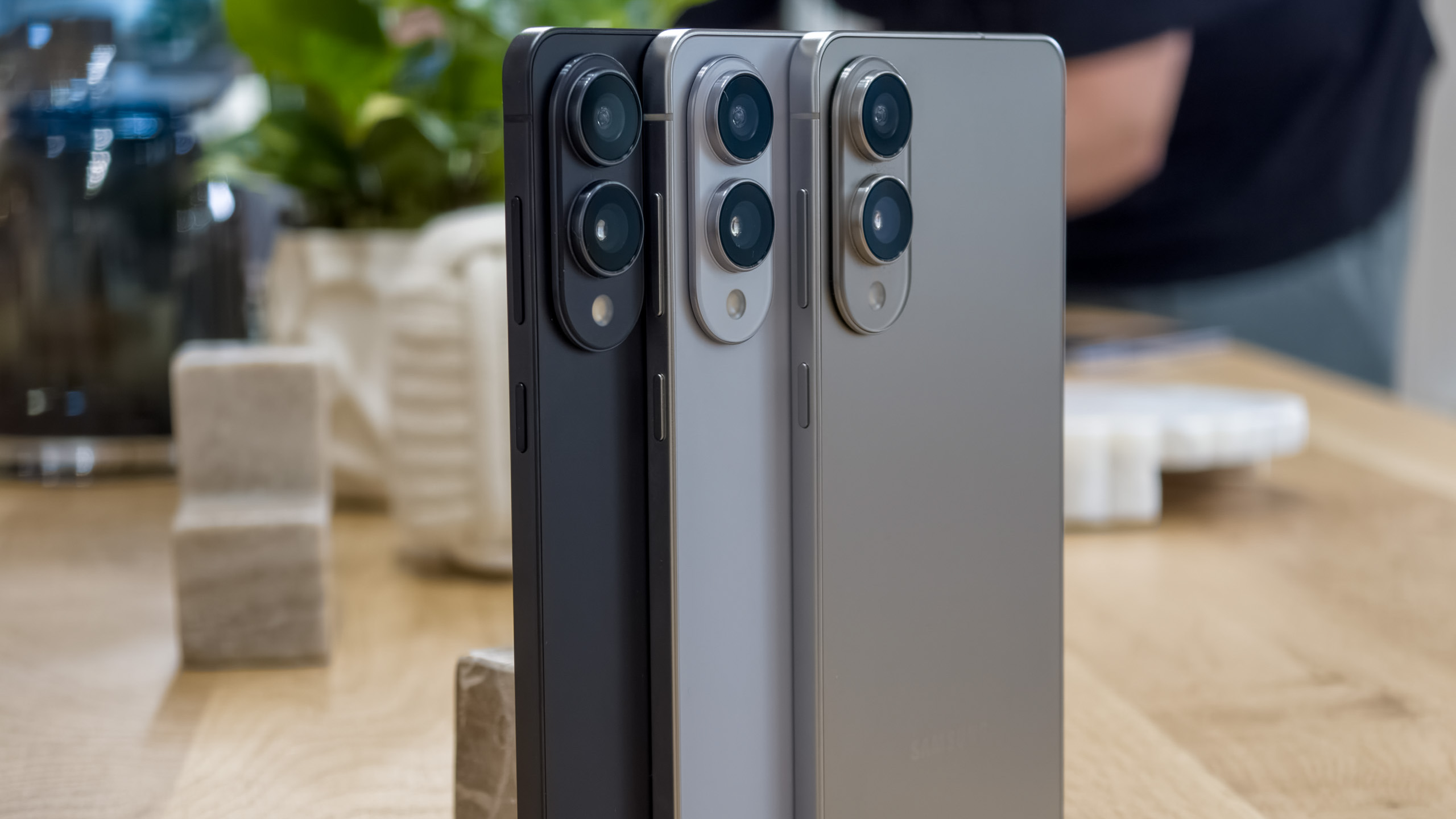
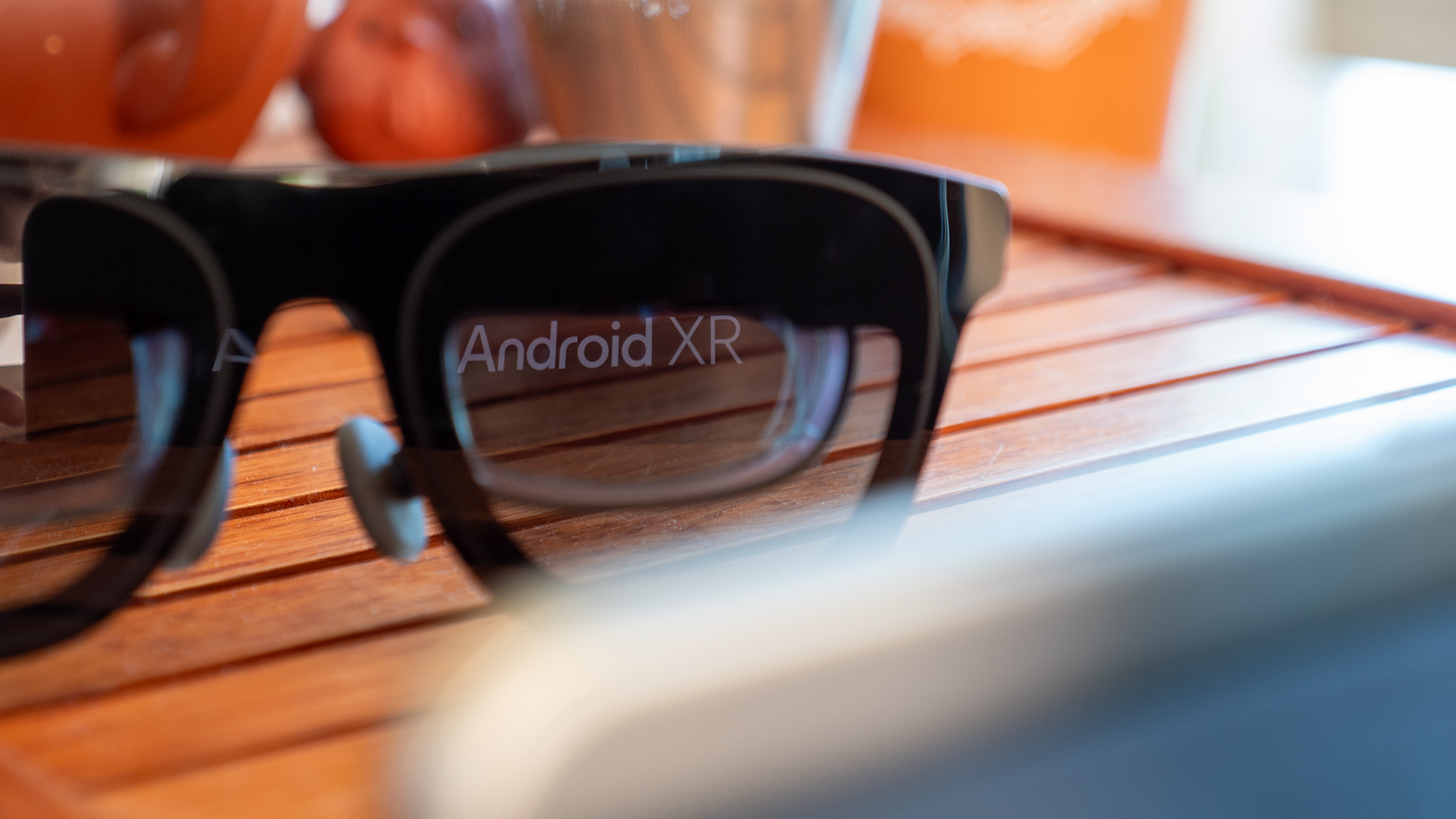
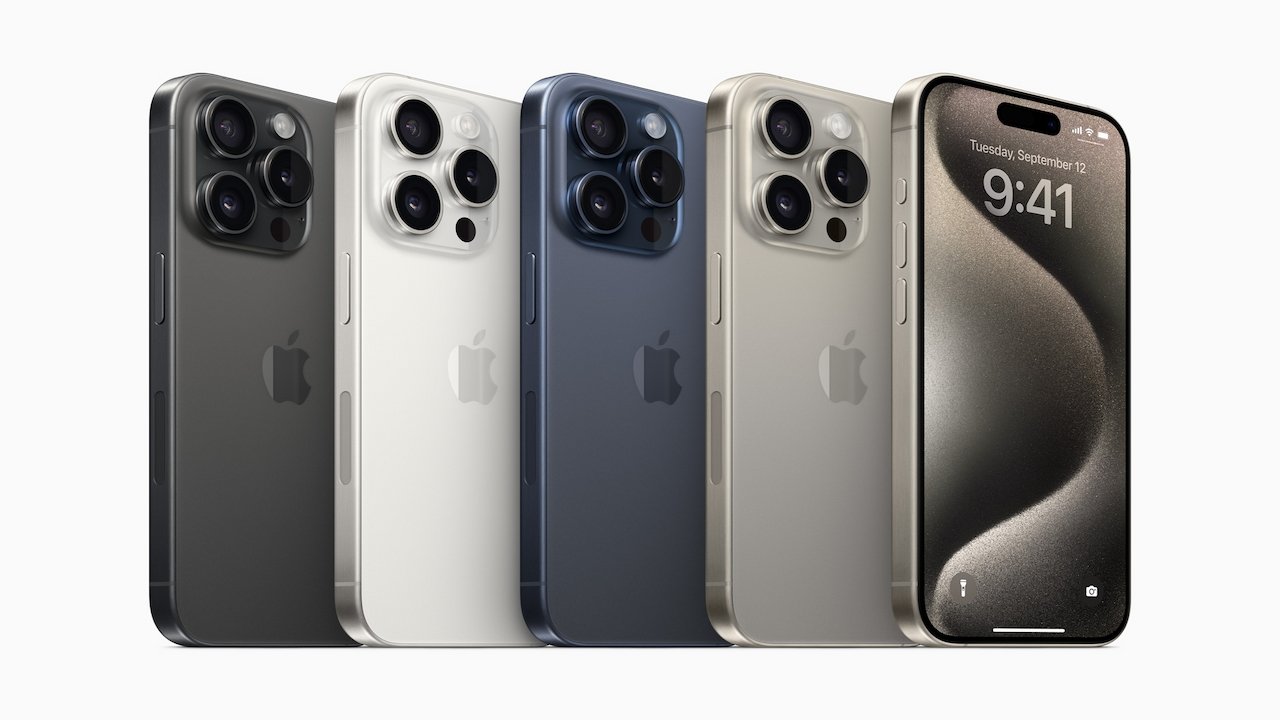
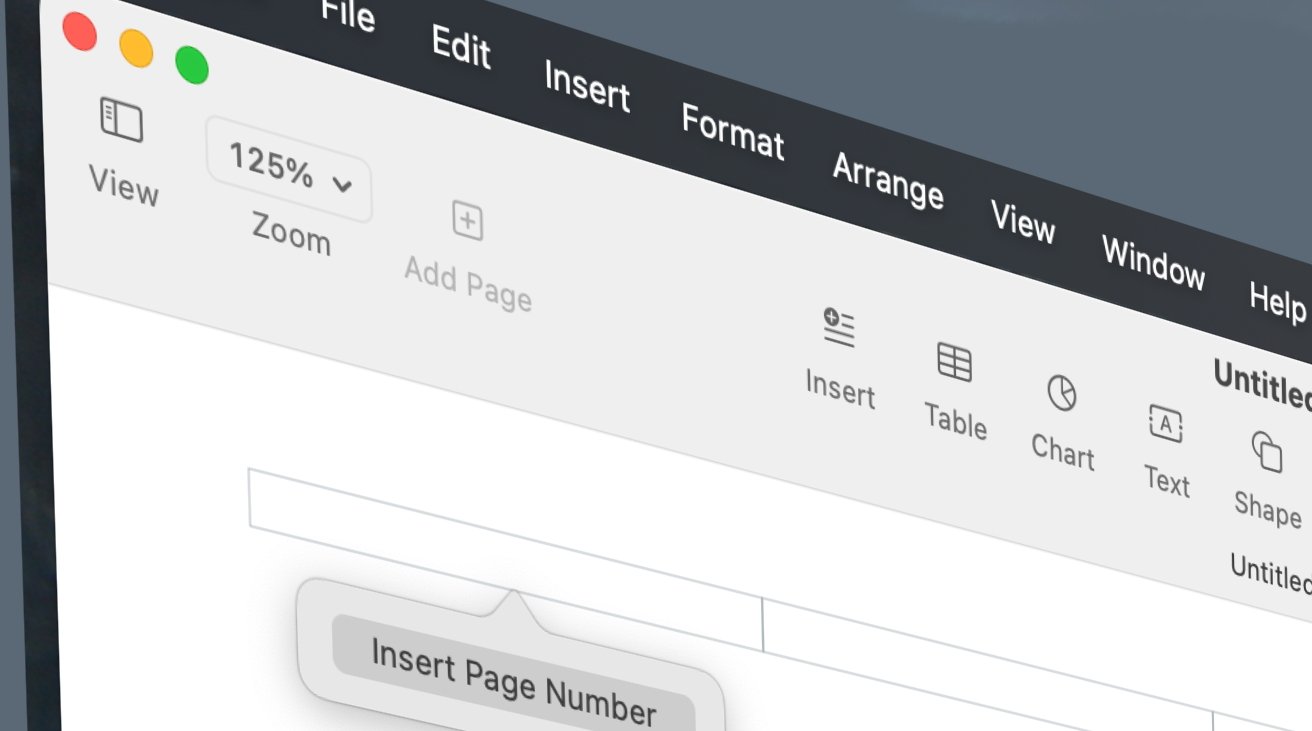
-xl.jpg)







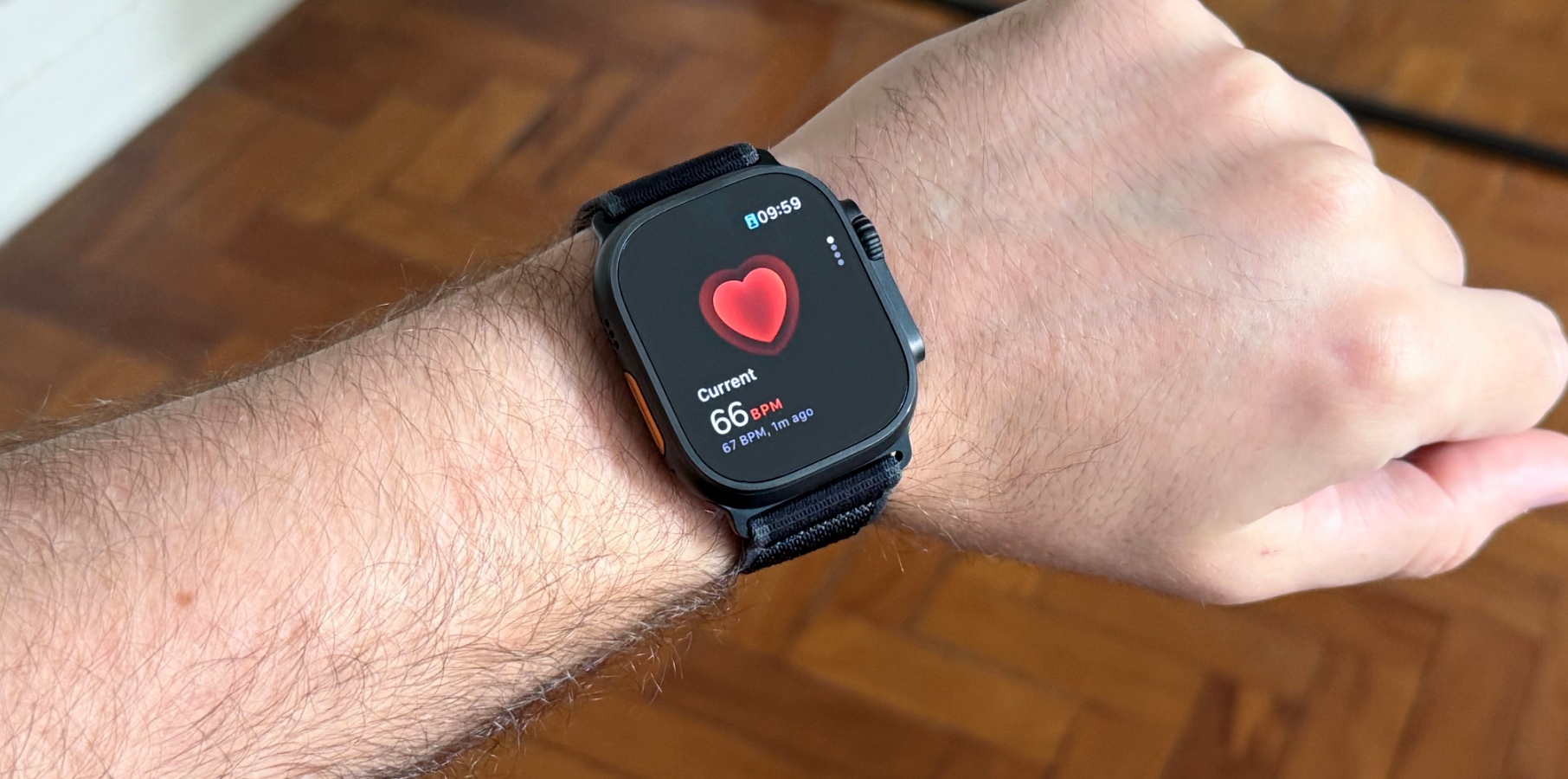







































































.webp?#)



_David_Hall_-Alamy.jpg?width=1280&auto=webp&quality=80&disable=upscale#)
_Andriy_Popov_Alamy_Stock_Photo.jpg?width=1280&auto=webp&quality=80&disable=upscale#)




















































































































![[The AI Show Episode 148]: Microsoft’s Quiet AI Layoffs, US Copyright Office’s Bombshell AI Guidance, 2025 State of Marketing AI Report, and OpenAI Codex](https://www.marketingaiinstitute.com/hubfs/ep%20148%20cover%20%281%29.png)



































































































































































![Laid off but not afraid with X-senior Microsoft Dev MacKevin Fey [Podcast #173]](https://cdn.hashnode.com/res/hashnode/image/upload/v1747965474270/ae29dc33-4231-47b2-afd1-689b3785fb79.png?#)























-1-52-screenshot.png?width=1920&height=1920&fit=bounds&quality=70&format=jpg&auto=webp#)

.png?width=1920&height=1920&fit=bounds&quality=70&format=jpg&auto=webp#)






























